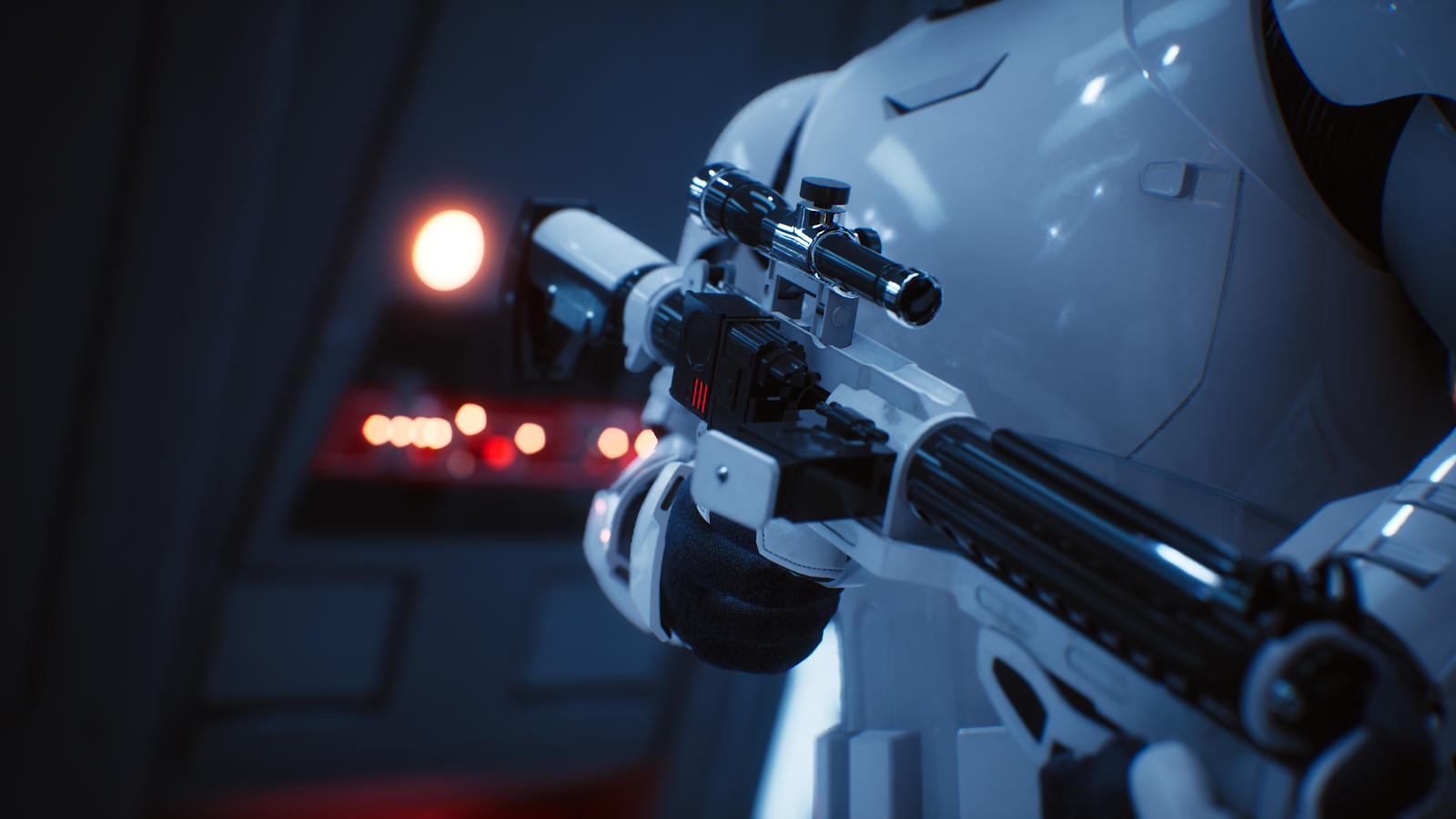The other day Epic Games introduced an updated version of the Unreal Engine. Its serial number is 4.20. Among the key innovations: mobile optimization, the appearance of Proxy LOD and support for realistic depth of field.
The text was prepared with the participation of Andrey Dyakov, Associate Technical Director at Sperasoft.
Mobile
When working on Fortine for iOS and Android, the authors of the engine made about a hundred corrections concerning optimization. In the new version of the engine, they have become available to everyone working on the Unreal Engine.
Among them, mobile support for Occlusion Queries technology. The latter allows you to calculate which parts of the scene are not visible and not to visualize them (for example, not to render the interior of the house until the player has entered it).

There is no need to calculate the whole house if you can’t see what’s inside
Occlusion Queries is not a new feature, but an alternative to the standard Occlusion Culling. Its difference is that it transfers calculations from GPU to CPU, thereby unloading the GPU.
Also, in mobile games on the engine, it is now possible to set an unlimited number of layers of materials for the relief. This will allow you to create more realistic and complex surfaces (for example, you can create a road made of rubble through which the grass breaks).
Proxy LOD
Windows game developers will be able to try the new Proxy LOD tool. Recall that LOD (Level Of Detail) is a technology in which several models with varying degrees of detail are assigned to each object, which are usually prepared by the author of the project.

Proxy LOD is especially useful when showing the whole scene
Proxy LOD just introduces automation of LOD creation for game objects.
For example, if an object is visible to the user from afar, it is calculated not in a full-fledged way, but as a simplified model.
Depth of field “like in a movie”
Epic Games is especially proud of Cinematic Depth of Field today. This is a function that renders a cinematic image in real time. It simulates the operation of a lens that, when focusing on an object, blurs the image behind or in front of the object selected by the operator.

Thanks to Cinematic Depth of Field, the game frames begin to resemble those shot for a real movie What else?
The authors of the engine also continue to work on realistic visualization of human faces and lighting. They are also adding new features to their new audio component, working on realistic tissue behavior.
By the way, they also introduced Steam authentication into the game out of the box, included import and export support for Final Cut Pro 7 and the ability to create builds for Magic Leap One.
The full list of innovations can be found at this link.
Also on the topic:
